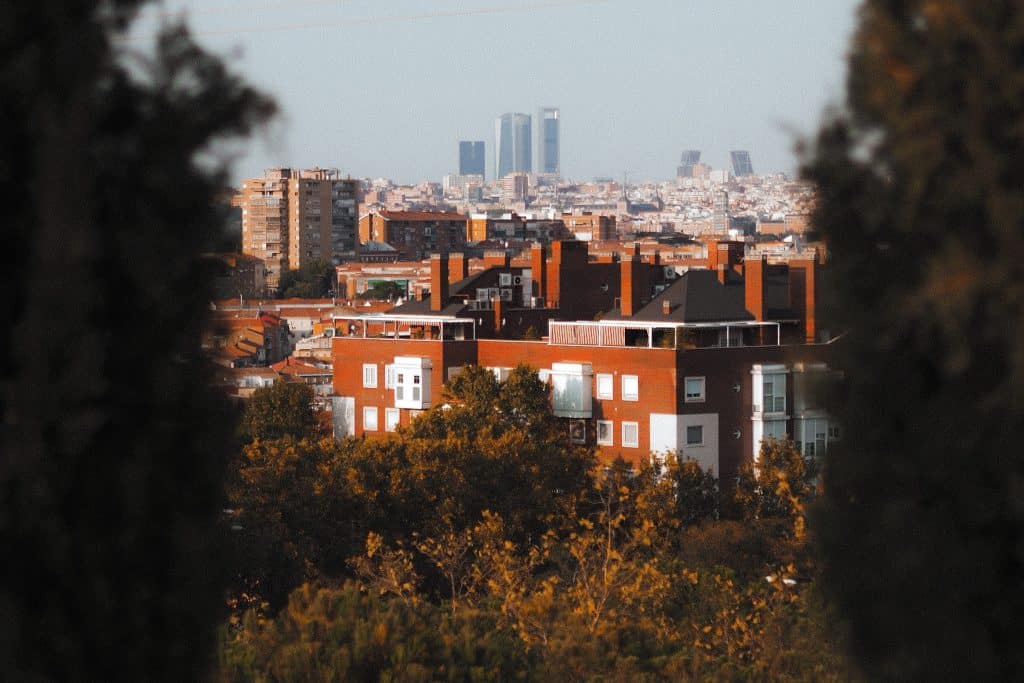Fire safety is a paramount concern in any residential setting, but it becomes even more critical in blocks of flats where numerous lives can be affected by a single incident. The guidance from Home Office highlights the importance of fire safety measures, particularly the concept of compartmentation, to ensure the safety of occupants and minimize the risk of fire spreading beyond its point of origin.
The Principles of Compartmentation
Compartmentation is a fundamental principle that forms the backbone of fire safety strategies in blocks of flats. Essentially, it involves designing each individual flat as a fire-resisting “box” enclosed by fire-resistant walls and floors. This design ensures that a fire originating in one flat remains contained, preventing its spread to other parts of the building. The core principles of compartmentation are vital for supporting the ‘stay put’ strategy, which assumes that residents of unaffected flats can remain safely in their homes during a fire in another part of the building.
A Holistic Fire Safety Approach
Fire safety within blocks of flats extends far beyond compartmentation. While this foundational principle is crucial, it’s just one part of a comprehensive strategy that ensures the safety and well-being of residents. Let’s delve into some additional elements that contribute to a robust fire safety framework.
1. Fire Doors: Gatekeepers of Safety
Fire doors are an essential component of fire safety in blocks of flats. These doors are designed to resist the spread of fire and smoke, acting as barriers between different areas of the building. Properly installed and maintained fire doors play a vital role in containing fires and providing occupants with valuable time to escape. Regular inspections and maintenance ensure that these doors remain effective in the event of a fire.
2. Smoke Control: Clearing the Path to Safety
In the event of a fire, smoke can be just as lethal as flames. Smoke control systems, including smoke vents and pressurization systems, help manage and remove smoke from escape routes and common areas. This facilitates safe evacuation and enhances the visibility of escape routes, ensuring that residents can navigate their way to safety with minimal hindrance.
3. Illuminating the Path: Lighting on Escape Routes
Darkness during a fire can lead to confusion and panic. Adequate lighting along escape routes is essential for ensuring residents can find their way out quickly and safely. Emergency lighting systems activate during power outages, guiding occupants to the nearest exits and evacuation points.
4. Clear Communication: Fire Safety Signs and Notices
Clear and visible fire safety signs guide residents and visitors to essential information, such as the location of fire extinguishers, emergency exits, and assembly points. Fire action notices provide step-by-step instructions on what to do in case of a fire, empowering individuals to take immediate and appropriate actions.
5. Informed Residents: Communication and Education
Information is power, especially in emergencies. Regularly educating residents about fire safety measures, evacuation procedures, and the importance of adhering to fire regulations can greatly enhance their preparedness and response. Providing them with the knowledge and tools to act swiftly and decisively can make a significant difference in minimizing risks.
6. Alerting the Occupants: Fire Alarm Systems
Early detection is key to effective fire management. Fire alarm systems, equipped with smoke detectors, heat detectors, and audible alarms, provide timely alerts to occupants and enable them to initiate evacuation procedures promptly. Regular testing and maintenance of these systems are vital to their reliability.
7. Taming the Flames: Fire Extinguishers and Suppression
Fire extinguishers strategically placed throughout the building offer occupants the means to tackle small fires before they escalate. Additionally, automatic fire suppression systems, such as sprinklers, play a pivotal role in quickly containing and extinguishing fires, limiting their spread and damage.
8. Advanced Safety: Automatic Fire Suppression Systems
For an extra layer of protection, automatic fire suppression systems, like sprinklers, can be integrated into the building’s infrastructure. These systems can swiftly suppress fires, buying time for residents to escape and minimizing the potential for widespread damage.
A comprehensive fire safety strategy within blocks of flats encompasses these critical elements. It’s a holistic approach that combines architectural design, engineering systems, education, and proactive measures to ensure that residents are safeguarded in the event of a fire. By understanding and implementing these measures, we can create environments that prioritize safety and empower residents to respond effectively during emergencies.
For more information on the government guidelines visit 6.8253 – PSG – Small block of flats – Guides & checklist (publishing.service.gov.uk)
For expert advice and to find out how we can help, contact Martyn Young Fireproofing Consultancy today on 07585 896648


